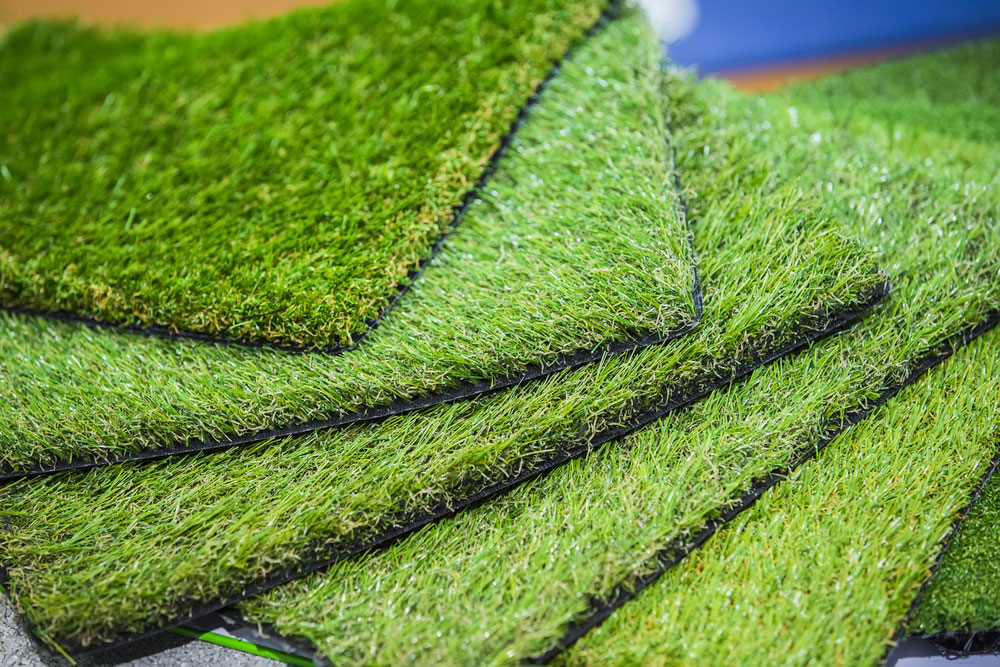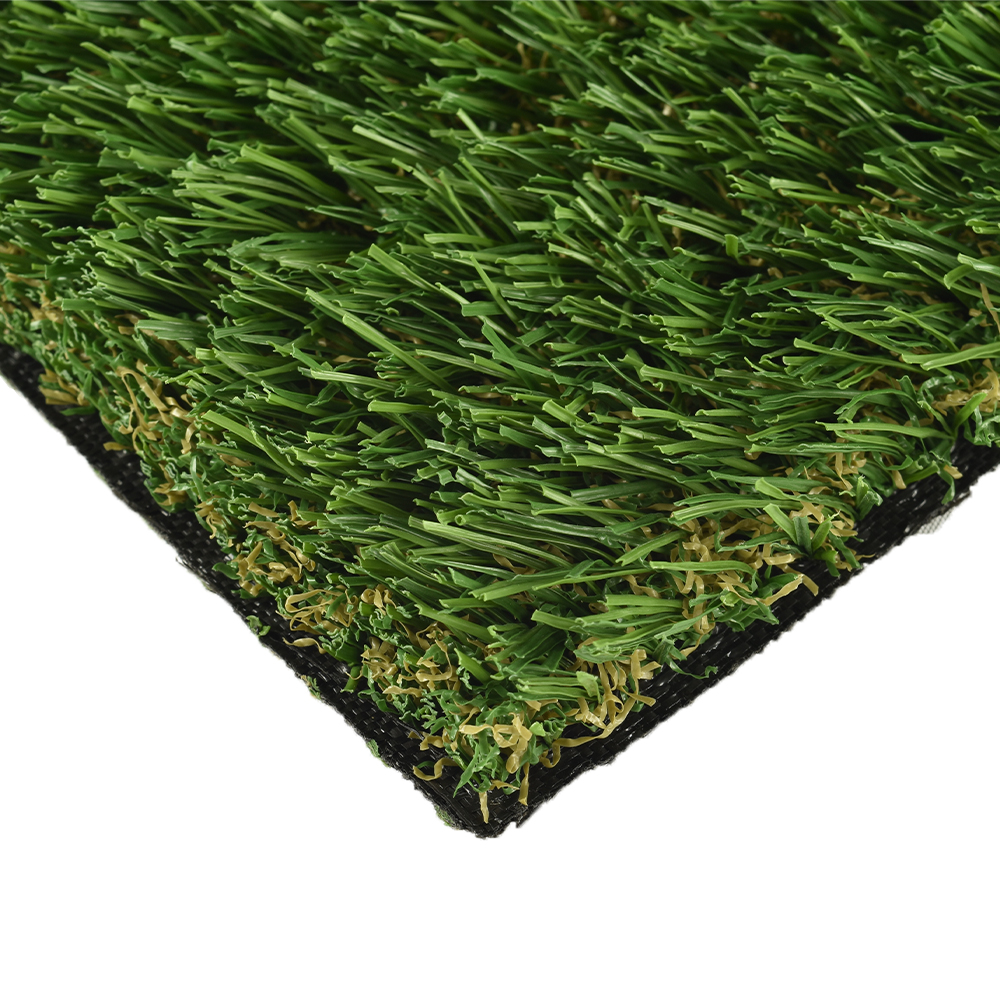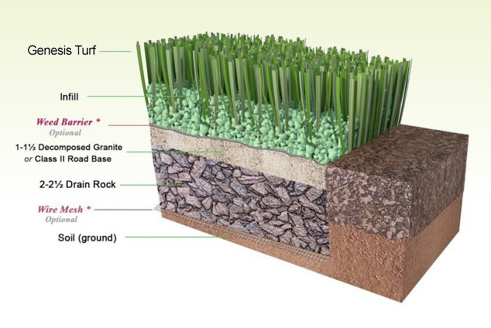See Why Homeowners Prefer Artificial Lawn for Sustainable Landscape Design Practices
As homeowners significantly prioritize sustainability in landscaping, synthetic grass has actually become a compelling option to traditional yard. Its capacity to save water, minimize maintenance efforts, and lessen environmental impact placements it as a useful choice for those seeking eco-friendly options. The visual appeal and convenience of synthetic lawn provide to varied layout choices. However, the implications of this change prolong beyond simple comfort and appearances, motivating a better assessment of just how these options influence wider ecological results. What remains to be explored is the full range of benefits that synthetic grass can offer to house owners and the setting alike.
Water Preservation Perks
One of the most significant advantages of artificial grass is its duty in water preservation. In contrast, fabricated grass removes this need completely, as it does not call for irrigation.
Furthermore, the setup of synthetic turf can add to a much more sustainable landscape. Home owners can significantly decrease their water bills, enabling for reallocation of sources to various other ecological initiatives or household uses. In addition, synthetic grass is made to withstand different weather conditions without the demand for supplementary watering, making it an ideal selection for areas facing water shortage.
The environmental advantages expand past prompt water savings. By reducing water consumption, fabricated grass helps to minimize the influences of climate modification, preserving essential communities that are intimidated by extreme water extraction. As lasting landscaping methods acquire traction, synthetic grass becomes a liable option for homeowners looking for to develop environment-friendly exterior rooms.
Lowered Upkeep Initiatives
Artificial grass substantially lowers maintenance efforts compared to traditional turf lawns. With synthetic lawn, property owners can get rid of the lengthy tasks related to natural landscape design, such as mowing, feeding, and weeding. This not just saves valuable time yet additionally minimizes physical labor, making lawn care obtainable for people of all ages.
Typical yards call for frequent cutting to keep a cosmetically pleasing elevation, whereas artificial grass continues to be continually rich without the need for cutting. Furthermore, house owners no longer need to use pesticides or plant foods, which are typically required to maintain all-natural grass healthy.
Additionally, synthetic grass is resilient and resilient, needing marginal upkeep beyond occasional brushing and rinsing to get rid of debris. This convenience of upkeep permits homeowners to appreciate their outdoor rooms without the continuous worry of upkeep, offering more time for leisure and household tasks. Eventually, the reduced maintenance initiatives connected with man-made lawn make it an attractive alternative for those looking for a low-maintenance, visually appealing landscape.

Environmental Influence Decrease
There is an expanding acknowledgment of the environmental advantages linked with synthetic grass, especially in terms of water preservation and reduced chemical use. Standard lawns call for considerable quantities of water, particularly in drought-prone areas, resulting in raised stress on local water resources. On the other hand, synthetic grass gets rid of the demand for irrigation, dramatically reducing water consumption and promoting sustainability.
Furthermore, traditional lawn upkeep usually entails the application of chemicals, fertilizers, and herbicides, which can add to soil and water pollution. Synthetic grass minimizes this environmental risk by calling for marginal upkeep and essentially getting rid of the need for unsafe chemicals. This not just boosts soil health yet also shields regional ecosystems from harmful runoff.
In addition, the production of natural grass lawns normally includes using fossil fuels for trimming and landscaping devices, more adding to greenhouse gas exhausts. By choosing synthetic grass, property owners can significantly lower their carbon impact related to lawn care tasks.
Visual Allure and Versatility
Along with its ecological advantages, synthetic grass provides considerable aesthetic allure and flexibility for landscaping. Property owners can achieve a rich, eco-friendly appearance year-round, eliminating the seasonal fluctuations commonly linked with all-natural yard. This constant visual not just enhances the visual appeal of a property but also adds to a well-kept and Arizona artificial turf polished appearance.
Moreover, man-made turf is offered in a selection of designs, colors, and structures, enabling for personalization to fit specific choices and style styles - Arizona artificial turf. Whether used in residential yards, industrial spaces, or entertainment locations, it can perfectly incorporate into diverse landscape design styles, from contemporary minimal to lavish exotic settings
The flexibility of synthetic grass expands beyond simple look; it can be mounted in different places, including roofs, patios, and even interior rooms, producing possibilities for special landscape design remedies. Furthermore, it is appropriate for a range of tasks, from children's play areas to pet-friendly atmospheres, providing functionality without endangering design.
Eventually, the aesthetic appeal and versatility of synthetic grass make it an appealing choice for house owners seeking sustainable landscaping solutions that do not give up charm for environmental obligation.

Long-Term Cost Cost Savings
One of the most engaging benefits of artificial lawn is its capacity for lasting price savings. Unlike natural grass, which needs regular maintenance-- including mowing, watering, fertilizing, and bug control-- fabricated grass significantly decreases these recurring expenses.
In addition, fabricated lawn has a life-span of 15 to 25 years, depending upon its top quality and use. This resilience lessens replacement expenses, making it an extra affordable choice in the lengthy run. The first investment in fabricated lawn can commonly be recovered through the cost savings built up over time.
While the in advance expense might seem greater compared to sod installment, the advancing financial savings from minimized maintenance and water use usually exceed these preliminary expenses. Inevitably, the fostering of synthetic grass not only promotes a sustainable landscape design solution however likewise offers home owners an economically savvy choice that aligns Full Article with long-lasting budgeting goals.
Final Thought
Man-made grass emerges as a compelling alternative for lasting landscape design, providing considerable advantages in water preservation, decreased maintenance efforts, and decreased environmental effect. As communities progressively focus on ecologically pleasant practices, the fostering of artificial grass represents a progressive action toward accomplishing resilient and sustainable landscapes.
Additionally, artificial turf is created to withstand various weather problems without the requirement for supplementary watering, read what he said making it an excellent choice for areas encountering water deficiency. (Arizona turf)

Fabricated grass arises as a compelling choice for sustainable landscaping, supplying significant benefits in water conservation, minimized upkeep initiatives, and reduced environmental effect.